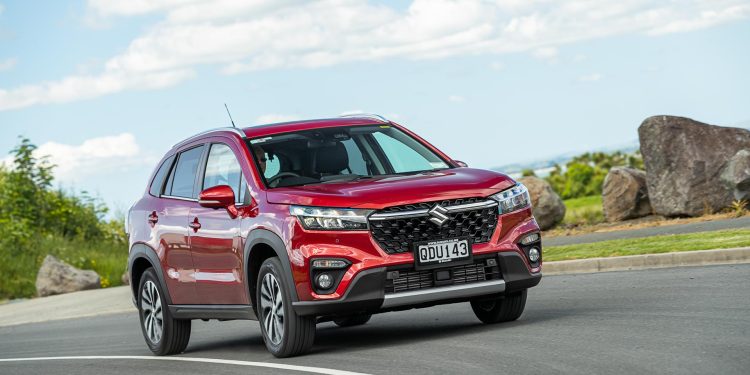2024 Suzuki S-Cross Hybrid JLX 2WD long term review
Words: Kyle Cassidy | Photos: Isaac Western
Suzuki is a maker of small cars, an expert in the field so it reckons. That’s on account of its vehicle line-up being rather diminutive.
And that’s not a slight; the world needs more small car drivers to balance out the hordes of oversized SUVs and double-cab utes hogging the roads, filling your mirrors as they tailgate you, robbing you of visibility at intersections and parking badly at the shopping mall.
Being small also makes Suzukis affordable – you can buy a Suzuki for as little as $22,990 (that’d be the beaut wee Suzuki Ignis, with a manual transmission too), but the bulk of the brand’s wares are around the $30k – $40k mark.
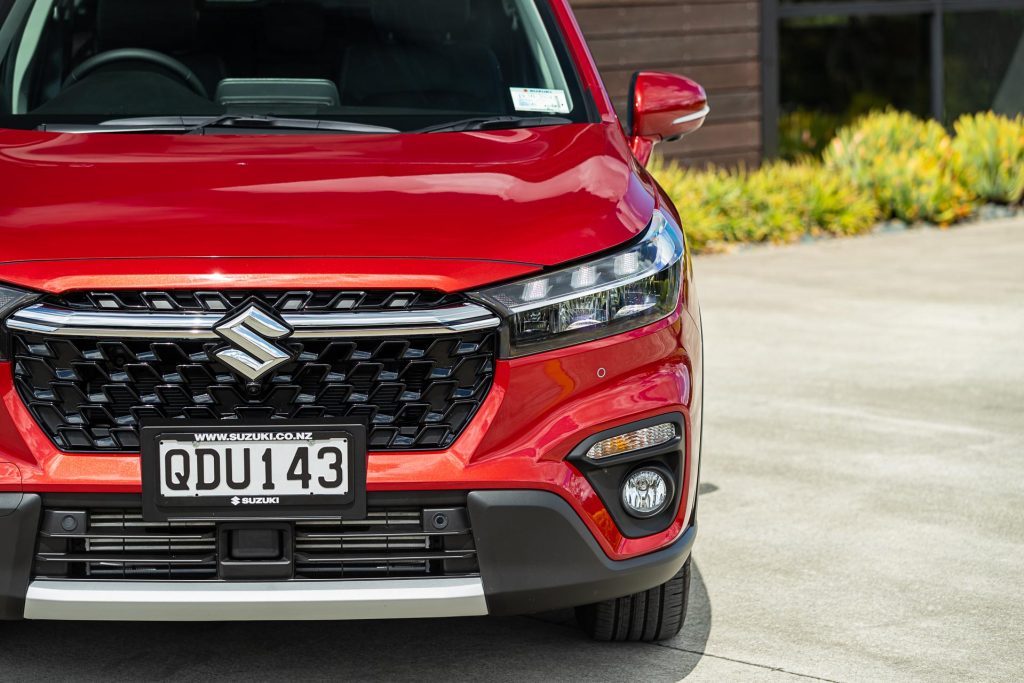
Yes, these price points have risen from when models like Swift and Suzuki Vitara were introduced but Suzuki remains in the affordable realm relative to the rest of the market.
This has seen Suzuki New Zealand do well in the recent Canstar Blue Customer Satisfaction survey, the brand winning the New Car category for 2024.
This marks the fifth time Suzuki has received the award after it did so in 2014, 2015, 2017, and 2018.
Suzuki beat the likes of Mazda, Toyota, and Ford for the top spot by scoring five stars in all categories, including overall customer satisfaction, after sales, service, driving experience, point of sale service, reliability, and value for money.
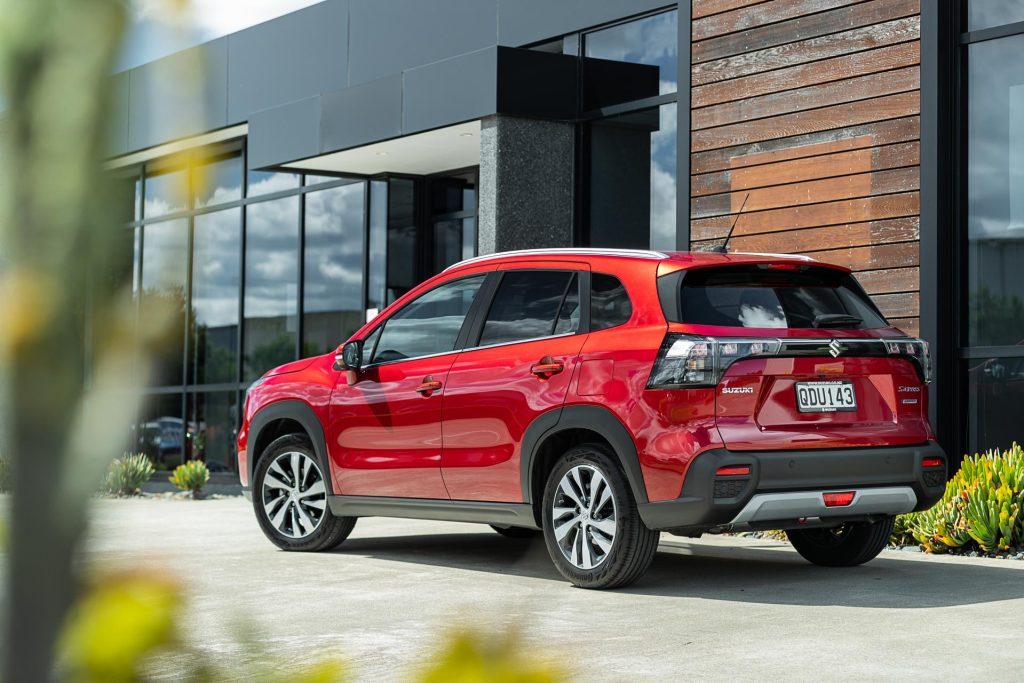
The latter is a point of note, for while Suzuki has attractive price points, its products aren’t bereft of specification.
While some of the older models like Swift (due for imminent replacement) and Vitara might be lacking a few features compared with newer models to the market, the value quotient still stacks up.
But what about the brand’s biggest and most expensive model, the S-Cross JLX Hybrid? It asks $42,990, which is reasonable in its segments, where others like the Honda ZR-V and Hyundai Kona are in the high forties and break through the $50k mark.
Others like entry-level Kia Seltos models and some of the Chinese challengers such as Haval Jolion are in the mid thirties, but you can also grab the S-Cross without the mild hybrid powertrain from $37,500. And S-Cross offers a bit more space than some of those mentioned.
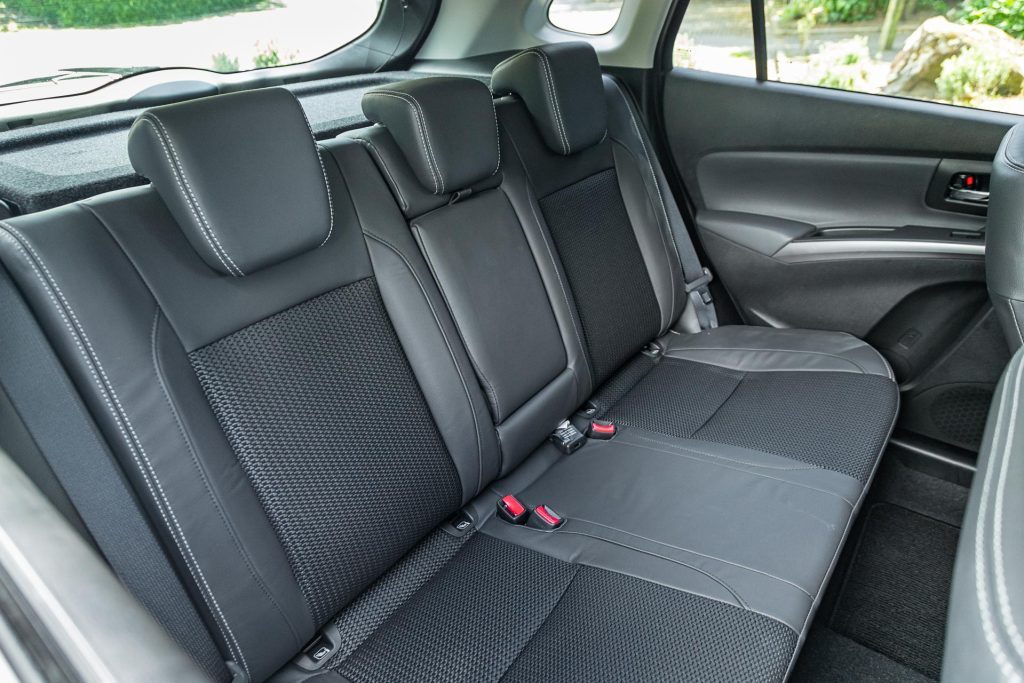
It’s Suzuki’s largest model at 4.3m long, and you might describe it as a large compact crossover. While that’s slightly oxymoronic, it means you get something practical but not oversized.
With its large doors and high-set seats, entry and exit are stellar while rear passengers will be pleased with the space offered.
The boot capacity of 440L is more than average, our GM Gavin Shaw fitting in plenty of boxes full of NZ Autocar magazines back there.
Suzuki’s use of the term hybrid stretches the concept a little; it’s really a mild hybrid rather than something that can putter around on electric power. It runs the firm’s Boosterjet 1.4-litre turbo mill, issuing forth with 95kW and 235Nm. The front wheels are driven through a six-speed auto transmission.
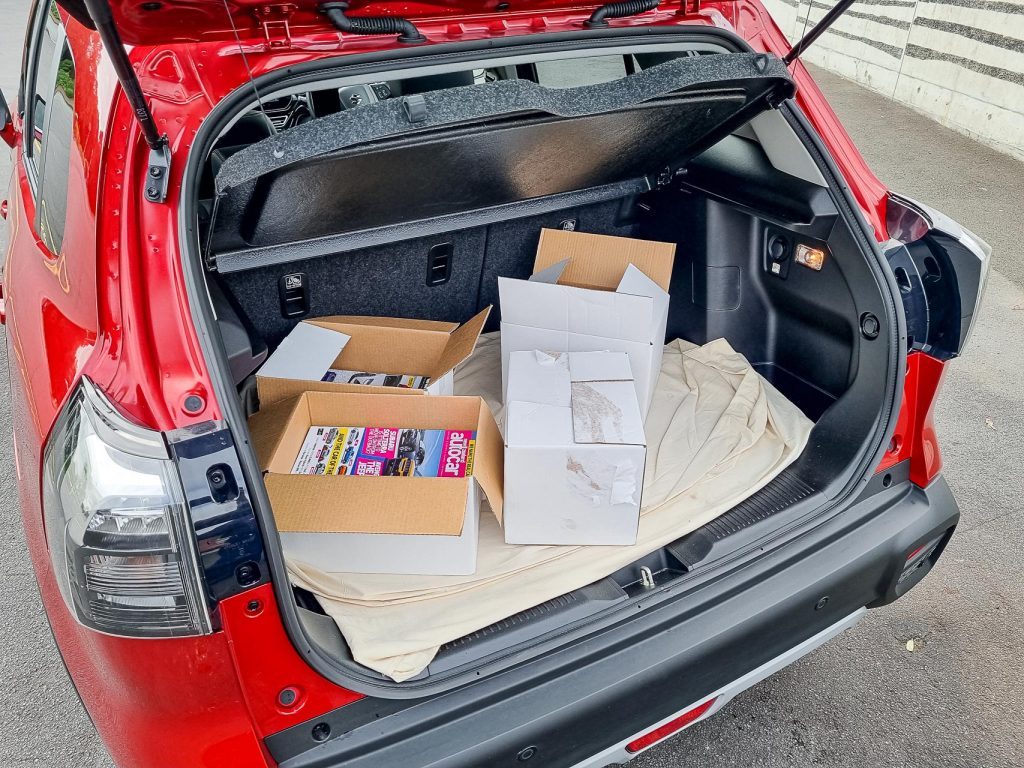
The hybrid bit is the 48v integrated starter generator (ISG) that adds 10kW and 50Nm at various engine loads, most notably off the mark and at slower speeds.
That helps fill the torque gap while the turbo spools, and when ambling about at lower revs. It also aids a better idle-stop experience in traffic as the restarts are more instantaneous.
And don’t worry about charging this hybrid – the small lithium-ion battery is recharged when the S-Cross is decelerating.
As to fuel use, Suzuki states a figure of 5.5L/100km for the JLX hybrid 2WD, whereas the corresponding number for the JLX turbo 2WD is 6.6L/100km.
That’s an 18 per cent difference, but the hybrid premium is $2500. So it’s going to take a while to recoup that cost, but the other benefits include lower emissions (124 vs 153g/km) and that additional electrified torque.
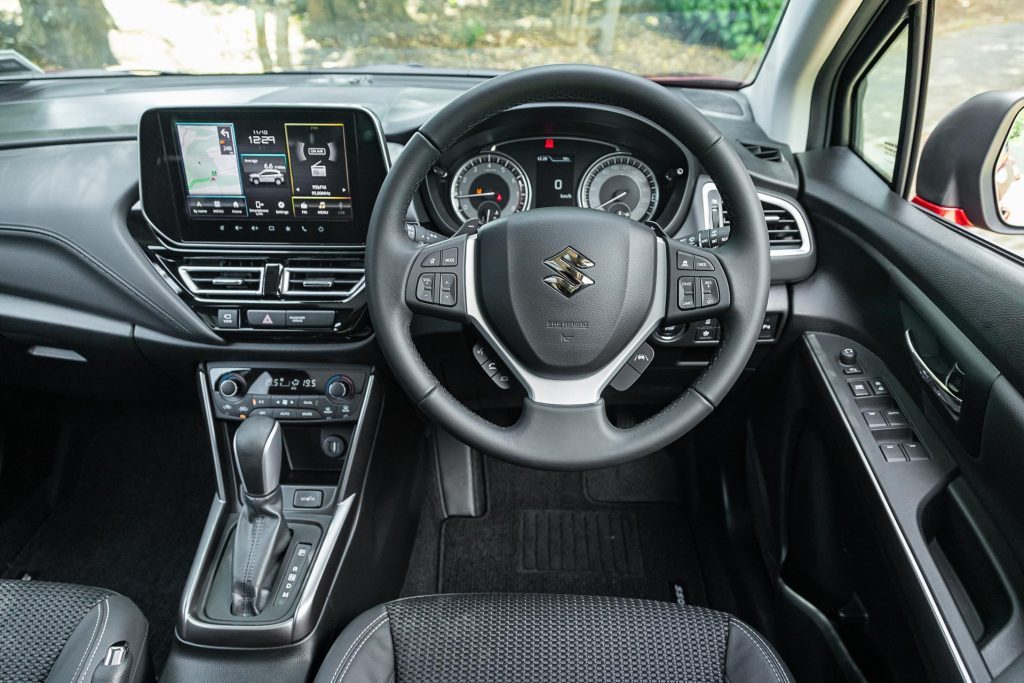
Over the past couple of months, this hybrid has been returning a figure of 5.7L/100km with a mix of easy motorway miles and some frantic, round-town running getting to meetings on time.
One of the Suzuki’s strengths is managing to make cars strong and safe without the weight blowing out. That helps with economy and general handling.
This is a relative lightweight at 1265kg, whereas others in the class nudge closer to the 1500kg mark.
That also makes the 235Nm of torque (plus 50 from the ISG) go further. The S-Cross can cruise along with minimal revs dialled in and it will pull easily, the transmission slipping through the ratios to aid smooth progress.
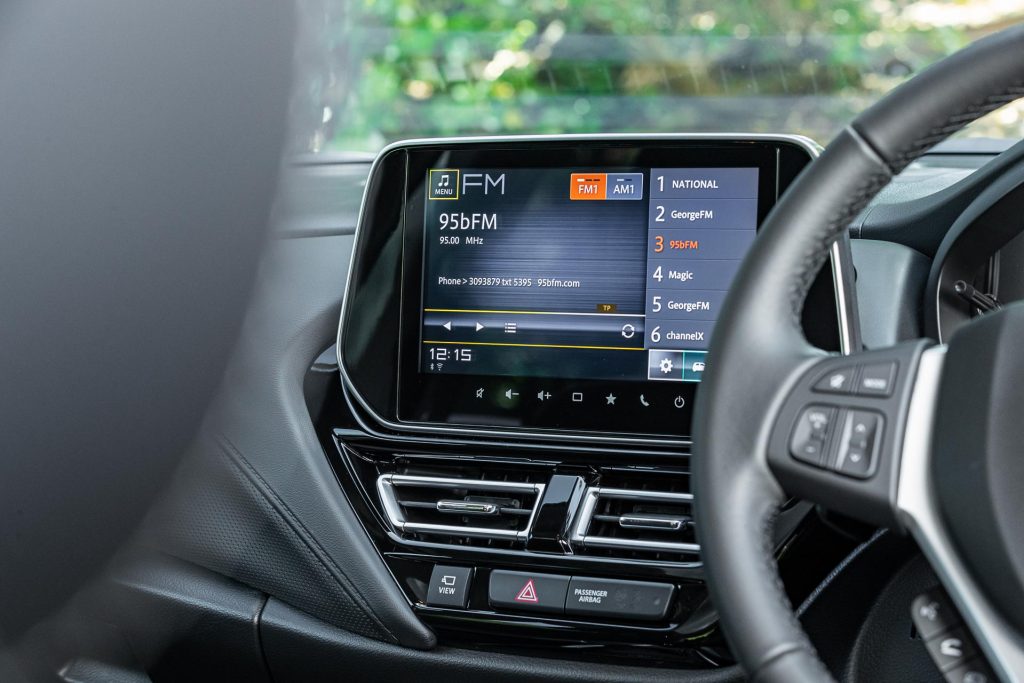
Coupled with light (though not especially quick) steering and good vision, it’s an easy car to pilot. Though it’s not a genuinely all-new machine (being a thorough update of the old S-Cross) it does the job competently, better than the similarly powered but older Vitara hybrid.
While some might find it all a bit quaint, it’s a model of simplicity in the cabin with real buttons for many functions.
The nine-inch high-definition info screen on the dash top features sat nav and there’s Android Auto and wireless Apple CarPlay, so it’s not devoid of tech.
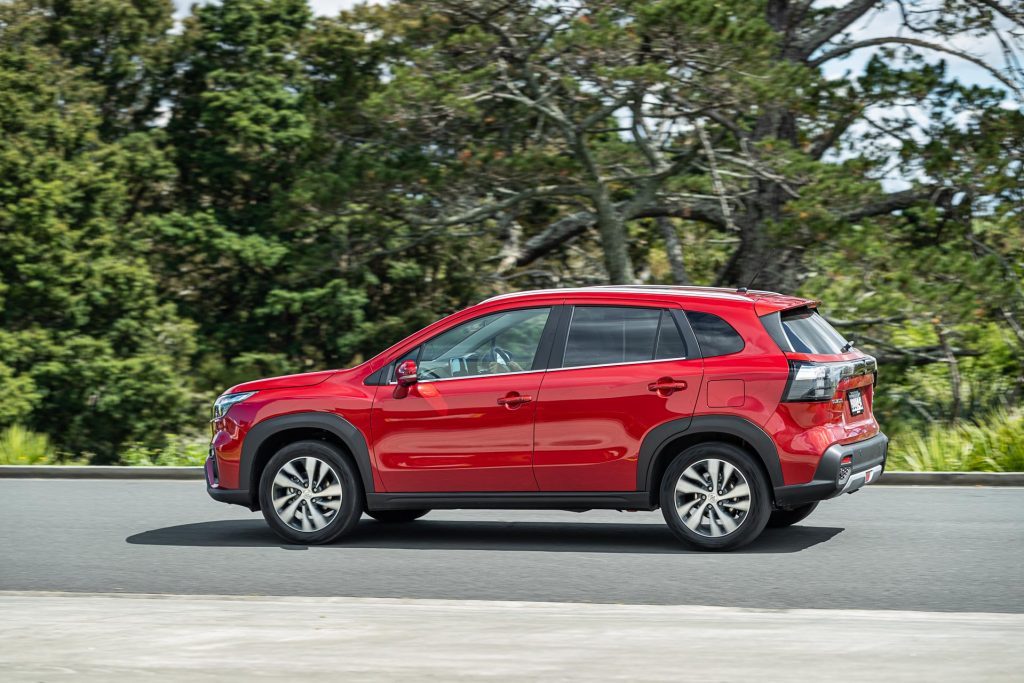
The keyless entry and start works as intended, and the partial leather trim is a bit swish, though the seat heaters haven’t had much use of late.
A 360-degree camera is always helpful, and this one gives a clear view of your surroundings.
The panels of this S-Cross are all still straight, so this and the parking sensors are clearly doing their job.
| Model | Suzuki S-Cross Hybrid JLX 2WD |
| Price | $42,990 |
| Engine | 1373cc, IL4, DI, T |
| Power | 95kW @ 5500rpm |
| Torque | 235Nm @ 2000-3000rpm |
| Drivetrain | 6-speed auto, FWD |
| 0-100 km/h | 8.6s |
| Fuel Use | 5.5L/100km |
| C02 Output | 124g/km |
| Weight | 1265kg (claimed) |
This story first appeared in the May 2024 issue of NZ Autocar magazine.


